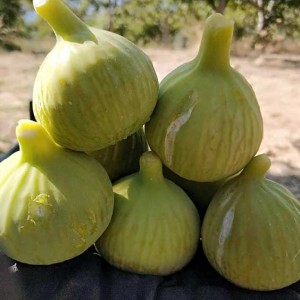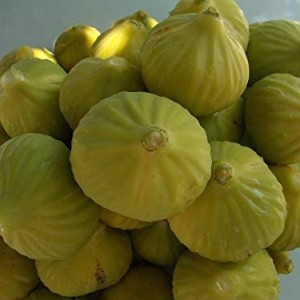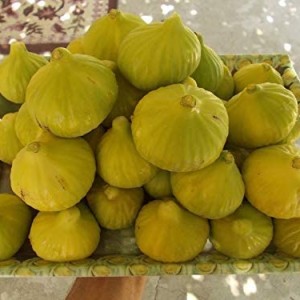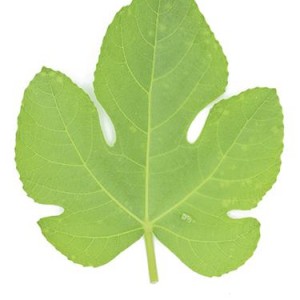This site contains affiliate links for which I may be compensated.
Bardacik
Bardacik Information
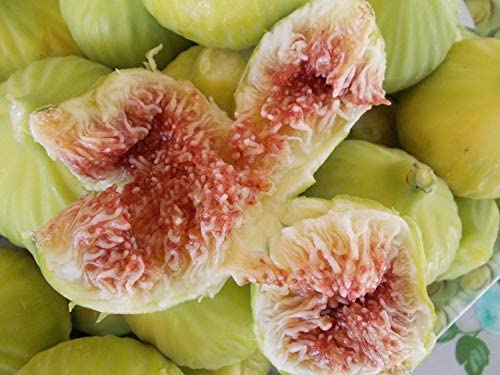

-
Possible Synonyms / AKA:
Bardajik, Bardakjik
-
Introduced By:
-
Origin:
Greece -
Main Flavor Group:
Other - A unique combination of flavors, blending fruity, tropical, sweet, and acidic notes. This diverse profile creates a dynamic taste experience, often with hints of complexity and refreshing undertones. -
Family Group:
-
Fig Type:
Smyrna - Require caprification (pollination) to produce edible figs -
Cold Hardy:
N/A -
Container Variety:
N/A -
Easy Rooting:
N/A -
Main Season:
mid -
Availability:
N/A -
Breba Crop:
N/A -
Seed Crunch:
N/A -
Eye:
small -
Skin Toughness:
soft -
Fruit Size:
Medium to large -
Rain Resistance:
N/A -
Tree Vigor:
N/A -
External Links:
http://figs4funforum.arghchive.com/post/bardac_-_k-figs-7039300
http://figs4funforum.arghchive.com/post/bardacik-5789112
http://figs4funforum.arghchive.com/post/bardacik-pollination-7955871
https://www.youtube.com/watch?v=S3rTQSQp5Yw
Description
And this note sent by Richard:
Bardajic (syns. Bardajik, Bardakjik). Name from two Turkish words, bardak,
“pitcher,” and jik, “small,” the fruit resembling a water pitcher in general shape. See
accounts by Eisen (1901), Roeding (1903, 1914), Rixford (1918a), Nadir and Halit (1929),
Hagan (1929), Condit (1920b, 1947), and Ozbek (1949). A variety grown in coastal
districts near Smyrna , where residents and visitors become familiar with the early
morning cries of the peddler, “Bardajic! Bardajic!” as he calls attention to the fresh figs
carried in panniers on the back of a donkey.
Tree compact, spreading; leaves large, 5-lobed, with shallow sinuses.
Figs large near the coast, smaller in the interior, pyriform, with prominent neck; stalk
long, slender (short, according to Ozbek); ribs distinct; eye small; color green; white
flecks scattered, small; skin thin, checking crisscross at maturity; pulp scarlet; flavor
sweet. Quality excellent fresh, but not good for drying because of the dark, tough skin,
and red color of pulp.
Ozbek gives the average weight of Bardajic figs as 52 grams and the number of seeds
per gram as 1057. Experience with the Bardajic at Fresno California, has been
unsatisfactory, on account of splitting of the fruit on the tree.
“pitcher,” and jik, “small,” the fruit resembling a water pitcher in general shape. See
accounts by Eisen (1901), Roeding (1903, 1914), Rixford (1918a), Nadir and Halit (1929),
Hagan (1929), Condit (1920b, 1947), and Ozbek (1949). A variety grown in coastal
districts near Smyrna , where residents and visitors become familiar with the early
morning cries of the peddler, “Bardajic! Bardajic!” as he calls attention to the fresh figs
carried in panniers on the back of a donkey.
Tree compact, spreading; leaves large, 5-lobed, with shallow sinuses.
Figs large near the coast, smaller in the interior, pyriform, with prominent neck; stalk
long, slender (short, according to Ozbek); ribs distinct; eye small; color green; white
flecks scattered, small; skin thin, checking crisscross at maturity; pulp scarlet; flavor
sweet. Quality excellent fresh, but not good for drying because of the dark, tough skin,
and red color of pulp.
Ozbek gives the average weight of Bardajic figs as 52 grams and the number of seeds
per gram as 1057. Experience with the Bardajic at Fresno California, has been
unsatisfactory, on account of splitting of the fruit on the tree.
If you'd like your banner to be shown here and throughout Fig Database, send us a message.
Photos Add Your Image
YouTube Videos
No Videos Found





